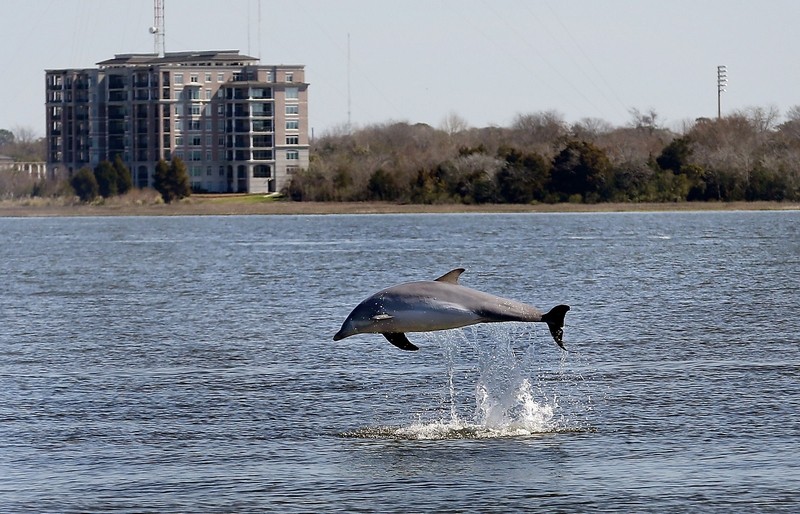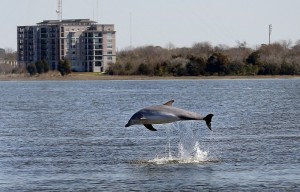The bottlenose dolphin virus outbreak that is suspected of killing most of the 1,660 dolphins found dead or dying along the East Coast over the past two years appears to have waned.
No stranded dolphin has tested positive in South Carolina for the morbillivirus since September 2014, said Wayne McFee, National Ocean Service marine mammal stranding program scientist.
“The stranding numbers are pretty much back to normal,” he said.
The National Oceanic and Atmospheric Administration plans to officially close its “Unusual Mortality Event” monitoring for the entire East Coast in the next two weeks, said Blair Mase, NOAA Southeast region stranding network coordinator.
Strandings — dolphins that turn up dead on beaches or in the water — tend to ease off in the winter when migrating dolphins quit moving through, so biologists kept close watch on spring and summer numbers before determining the outbreak had done its worst.
In South Carolina so far this year, 38 marine mammals have washed up dying or dead, McFee said earlier this week. But that’s in line with expected numbers. The only real oddity has been the variety. Along with bottlenose dolphins, one striped dolphin, two spotted dolphins and two dwarf pygmy sperm whales have been found.
Striped and spotted dolphins are considered deep-sea creatures rarely found near shore. Spotted dolphins are the mammals often seen leaping ahead of boats out at sea, or riding in their wake.
Among the remains not too decomposed to be tested, the causes of death tended to be bacterial infections and pneumonia caused by parasites, McFee said. An occasional animal shows up struck by a boat or propeller.
The morbillivirus tends to have periodic outbreaks, as natural immunities break down in the dolphin species across generations. But the outbreak that emerged in 2013 has been the most lethal in recent history.
Deaths far surpassed the number in the previous 1987-88 outbreak, when 750 died, and scientists had begun to worry about its impact on the overall population; nearly 100,000 dolphins were estimated to be inshore or migrating along the coast in 2012.
Originally confined largely to the migrating population, the virus had begun to show up in resident, or estuarine, populations in Florida in 2014, spiking concerns up and down the coast.
Along South Carolina, 178 dolphins were found dead from 2013 to 2015, about four times the number found from 2007 to 2012, according to the NOAA website. The state’s resident dolphin population is estimated to be fewer than 300, and any serious die-off could have been devastating, biologists said.
Reach Bo Petersen at 937-5744, @bopete on twitter or Bo Petersen Reporting on Facebook.








